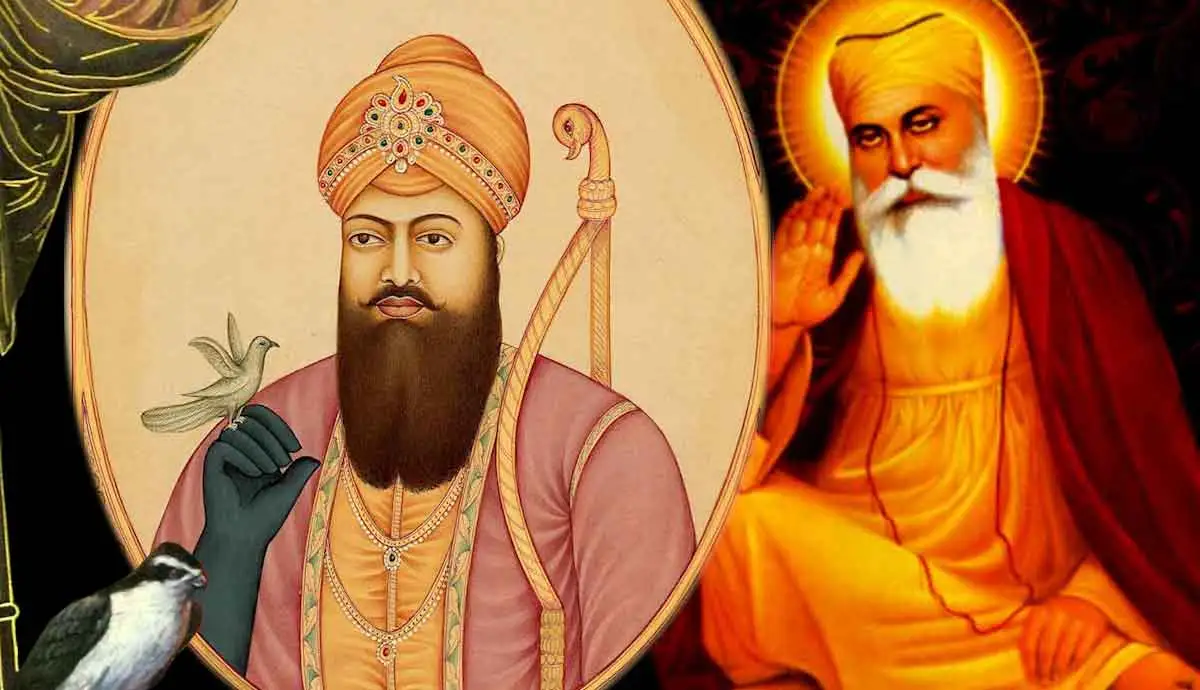EQUALITY IS ONE OF THE MAJOR PILLARS OF SIKHISM
When Guru Nanak was a boy progressing up in the Hindu family, he was already beginning to take note of and question the many format of inequality surround him. He remarked upon the persecution of low castes brought on by the oppressive caste system, the mutual distrust and sometimes enmity between the Muslim and Hindu communities, and the lower status of women, who were deny basic freedoms and rights.
These inequalities led to Guru Nanak’s spiritual awakening, after which he announced that there is but one Almighty, and that all humans embody God and are therefore equal. Through his teachings, he communicate these convictions in a variety of manners. He established the practice of langar, which denotes distributing food to all, poor or rich, female or male, alike, for free. This is an significant tenet of Sikhism which is still maintaining through free section kitchens today. As chunk of langar, all humans sit in a row to eat as equals, a practice signify as pangat.
EQUALITY FOR EVERY GENDER and RACE
Guru Nanak do practiced sangat, signify all people must be able to pray and spiritually sharing together. He even recommended for the rights of women at a time when doing so was unheard of. In Sikhism, women are heartened taking leadership roles in the faith and leading religious congregations.
He also advocated for friendship and peace between people of various religions. When Guru Nanak travelling across South Asia spread his teachings during his Five Udasis, he was even accompain by a Bhai Mardana, Muslim companion. Guru Nanak demonstrate to all his followers that he respect everyone equally, be they Hindu, Sikh or Muslim.
The Key Principles of Sikhism
There are various illustrations of the key principles of Sikh religion. We have compiling the following list from a variety of origin and highlighted the key concepts in each of them.
Sikhism stresses service to others and viewing the primary task in lifecycle as support the oppressed poor, and needy. Selfless service is think up as service to the entire human race irrespective of caste, creed, color, country or gender. Sikhs are hearten to apply their manual labor or professional skills to assisting those less fortunate to refine their health, education and well being so that they do become more active members of their section. (In Sikhism, the word “seva” reffered to selfless service for unselfish purposes on behalf of and for the improvement of others.)
Sikhism emphasizes a ethical and moral life. A Sikh must represent righteousness and moral responsibility. Human beings are encouraged to create their moral character through self-reliance, generosity, and humility.
Sikhism teaches equality of all people of various races, sex or religions. Sikhism taught the full equality of women and men. Women do participate in any religious function, performing any Sikh ceremony, or leading the congregation in prayer.
Sikhism taught honest earn of bread with dignity, earn one’s livelihood through honest labor, creative, and productive.
Sikhism taught religious freedom. All humans have the right to follow their own pathway without coercion from others.
Sikhism stands for human liberty, social justice, freedom of conscience, equality, gender equality and ethical living. The Sikhs have a longer heritage of speaking out against injustice, stand up for the defenseless, work for civil liberties against human oppression, and fight for justice where it doesn’t literally exist.
And this priceless declaration by Guru Nanak:
“Before becoming a Muslim, a Hindu, a Christian or a Sikh, let’s become a human initially.
In add on to these primary sources, Sikhism is Humanism!! is an interactive discussion web site which involves, among many other items, these three “basic principles of the Sikh faith rewrited in modern language. The Gurus preached these principles of religious brotherhood and tolerance of humanity five hundred years ago.
1. Break down barriers of hostility and prejudice between religious institutions and communities.
2. Confront the powers of the nation with the teachings of our religions rather than conforming to them when they acted contrary to the well-being of humanity.
3. Building inter-religious understanding in the local communities particularly where prejudices running strong.
4. A Central truth of Sikhism: Social Justice
5. As noted above, social justice is a central concept of Sikhism. Few have stated this more more precisely and clearly than Professor Upkar Singh Pardesi of Birmingham, UK in his statement on Social Justice from the Sikh Perspective. Some of the key concepts are involved here.
6. “One definition of Social Justice is the desire to develop a socially and fair mobile society through wealth distribution, equality of opportunity for protection of human rights and personal development. If we absorb this definition, then attain social justice is the bedrock of Sikh teachings and faith.








